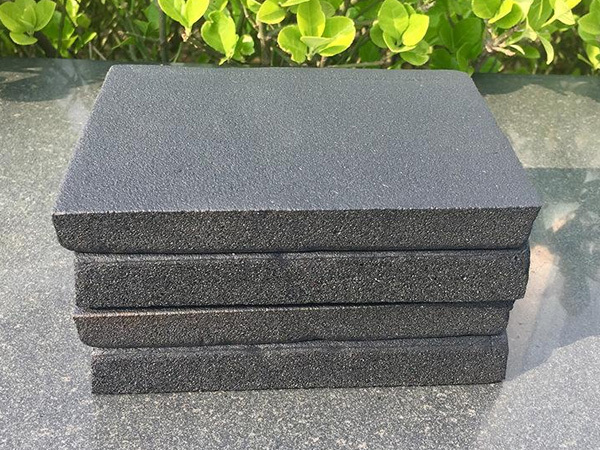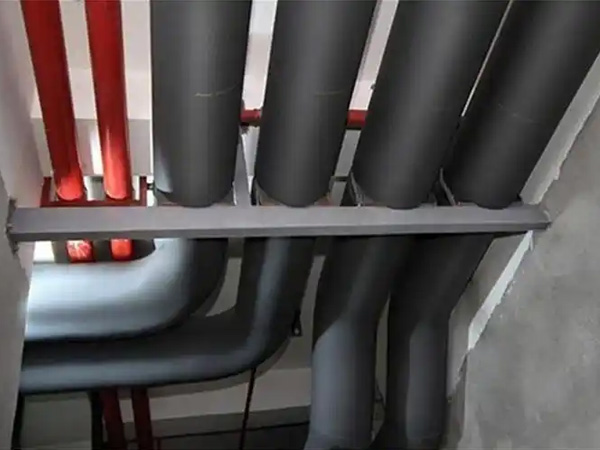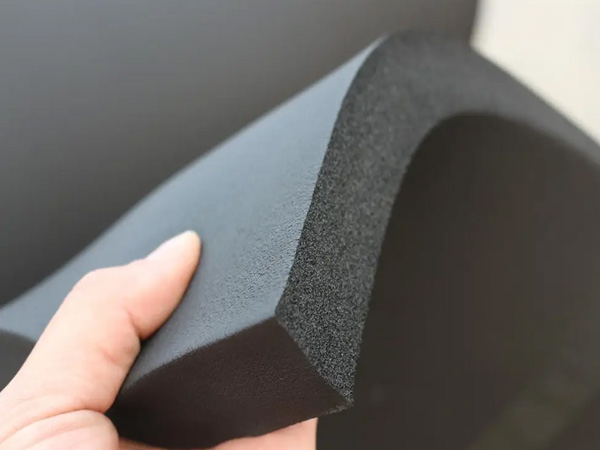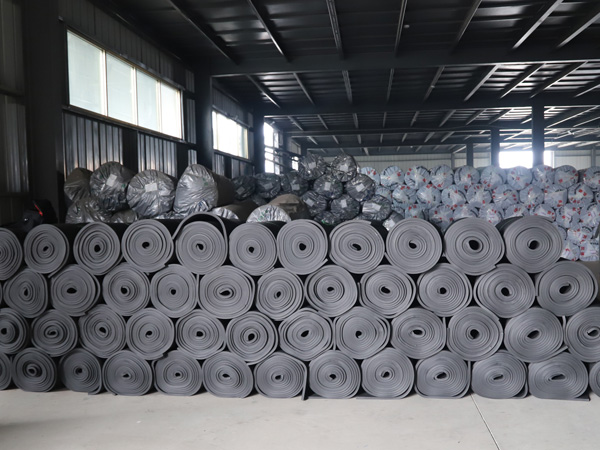Common Issues with Phenolic Foam Boards in Existing Building Energy Retrofits
2025-06-18 15:03:00
Common Issues with Phenolic Foam Boards in Existing Building Energy Retrofits
Phenolic foam insulation boards offer excellent thermal performance for building energy efficiency upgrades, but their application in retrofit projects presents unique challenges. Below is a detailed analysis of key issues and practical solutions.
1. Compatibility with Existing Structures
Challenges:
Substrate Irregularities: Older buildings often have uneven surfaces (cracks, spalling), making proper adhesion difficult.
Material Conflicts: Existing finishes (e.g., oil-based paints, loose plaster) may reject modern adhesives.
Structural Load Limits: Weak substrates (e.g., aging brickwork) may not support added insulation weight.
Solutions:
Conduct substrate assessments (pull-off tests, moisture checks) before installation.
Use leveling mortars or mechanical anchors for unstable surfaces.
Select lightweight phenolic boards (≤40 kg/m³) for fragile structures.
2. Thermal Bridging & Condensation Risks
Challenges:
Uninsulated Structural Elements: Steel beams, concrete slabs, and balconies create cold bridges behind insulation.
Interstitial Condensation: Vapor trapped between old walls and new insulation causes mold/rot in timber elements.
Solutions:
Install continuous insulation with thermal break materials (e.g., aerogel strips) at bridges.
Model hygrothermal performance (per EN 15026) to determine vapor barrier placement.
Use vapor-open phenolic boards (with micro-perforations) for breathable assemblies.
3. Fire Safety Compliance
Challenges:
Combustible Claddings: Existing façade materials may interact poorly with phenolic foam's fire properties.
Escape Route Regulations: Retrofit thickness may reduce egress window clearances, violating codes.
Solutions:
Specify fire-rated phenolic boards (Class A2/B1 per EN 13501-1).
Maintain minimum fire-safe distances around openings.
Integrate fire barriers at floor divisions (per IBC 2021 Section 2603).
4. Aesthetic & Functional Integration
Challenges:
Protruding Details: Window reveals, pipes, and vents require precise cutting, increasing labor costs.
Historic Preservation: Visual thickness changes may conflict with heritage architecture.
Solutions:
Prefabricate phenolic panels with pre-cut service openings.
Use tapered boards at eaves to maintain rooflines.
For historic buildings, consider internal insulation alternatives.
5. Cost & Labor Constraints
Challenges:
High Precision Requirements: Unlike batt insulation, phenolic demands skilled installation.
Disruption to Occupants: Adhesive curing times (24–48 hrs) may require temporary relocations.
Solutions:
Train crews in retrofit-specific techniques (e.g., adhesive bead patterns).
Phase installations to minimize occupant impact.
Balance cost with long-term energy savings (ROI typically 5–7 years).
Key Recommendations for Retrofit Success
Pre-Installation Testing: Verify substrate compatibility via core sampling and bond tests.
Hybrid Systems: Combine phenolic with mineral wool at high-risk areas (e.g., fire exits).
Post-Installation Monitoring: Use infrared thermography to detect voids or thermal bridges.
For seismic zones, ensure mechanical fixings comply with ASCE 41-17 retrofit standards.

OurFlame Retardant Rubber Foamis a premium closed-cell elastomeric insulation material engi...

OurRubber Pipe Insulationis a high-performance solution designed specifically for HVAC pipi...

Rubber Foam Insulation Sheet – Product Introduction Premium Flexible Insulation for Therm...

Specially engineered for refrigeration applications, ourElastomeric Rubber Insulationprovid...



